This “Limited Edition” Blu-ray is now available from Arrow Video.
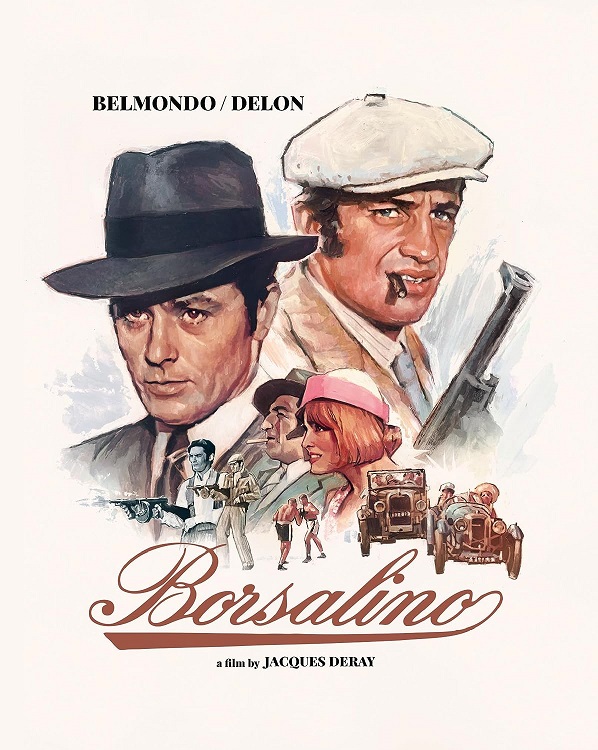
When you think of gangster movies, old James Cagney titles such as Public Enemy or epics like The Godfather and Goodfellas may initially come to mind. Yet other countries have been producing them for just as long. This week, Arrow Video is releasing a high-profile French title about the very same subject. Borsalino was a major box office success in its homeland, but the US release (through Paramount Pictures) was much less well-received both critically and commercially. The movie has been hard to find for some time, but now Arrow Video is now presenting it on Blu-ray with a sharp picture and a few wonderful extras that help place the film in context within its genre.
Set in mob-run Marseille, France in 1930, the story begins with low-level gangster Roch Siffredi (Alain Delon) being released from prison. When he discovers that his old girlfriend Lola (Catherine Rouvel) has taken up with another small-time hood named Francois Capella (Jean-Paul Belmondo), he immediately confronts his romantic competitor. After a brief fight, the two end up becoming friends and partner up. Initially, the pair have fun fixing races, as well as helping a client exert control over the local fish market. They are soon noticed by Merello (Arnoldo Foa) and Poli (Andre Bollet), the two crime bosses who run the city. As Siffredi and Capella’s stars rise in the business and their ambitions grow, violence erupts and the two go to war against their competitors.
The movie boasts an unusual combination of dark humor and serious drama. Early sections are breezy as the two leads get to know one another and pull off amusing scams (like causing chaos at the aforementioned fish market). It’s all a bit leisurely-paced early on, but the approach allows for each character to show their distinctive personalities. Siffredi is serious and in many respects icy and desperate for power, while Capella is a charming schmoozer more interested in living the high life and romancing ladies than being all-powerful and controlling the underworld. Both leads get the opportunity to make their mark and play well off of each other.
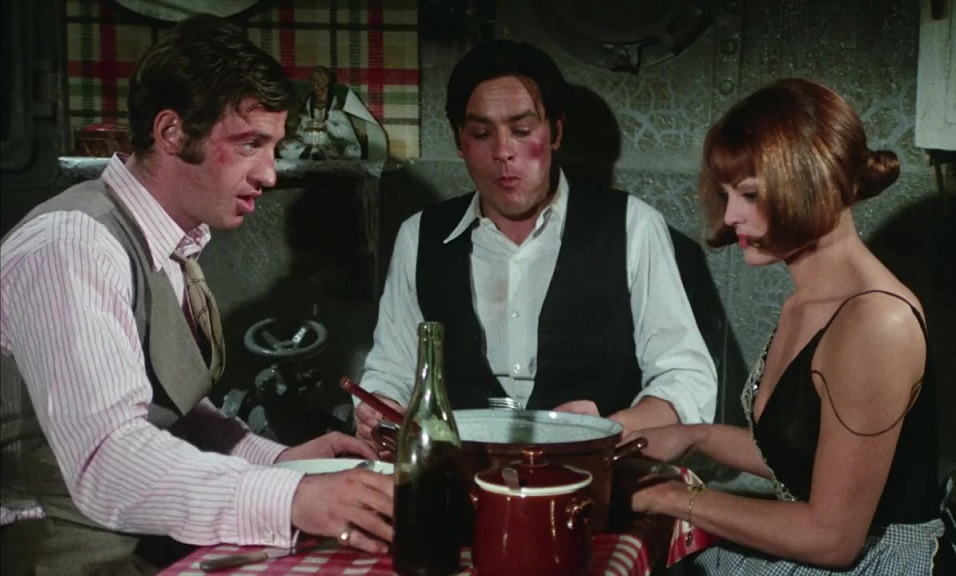
However, the tone shifts as the leads raise the ire of Poli and Capella. The lives of Siffredi and Capella are put in mortal danger, resulting in tense moments as hitmen come after them. The stunts and action are impressively captured and there is even a moment or two that will remind viewers of The Godfather (which arrived at theaters in 1972). A shootout in a slaughterhouse is extremely exciting and visually striking, with gunfire and killings set against the backdrop of a meat locker engulfed in flames. Tension even rises between Siffredi and Capella as one figure begins to suspect that the other is making big moves without consulting him. As with other gangster pictures, these leads do lose their innocence and “joie de vivre” after finding success and the movie closes on a downbeat but appropriate note.
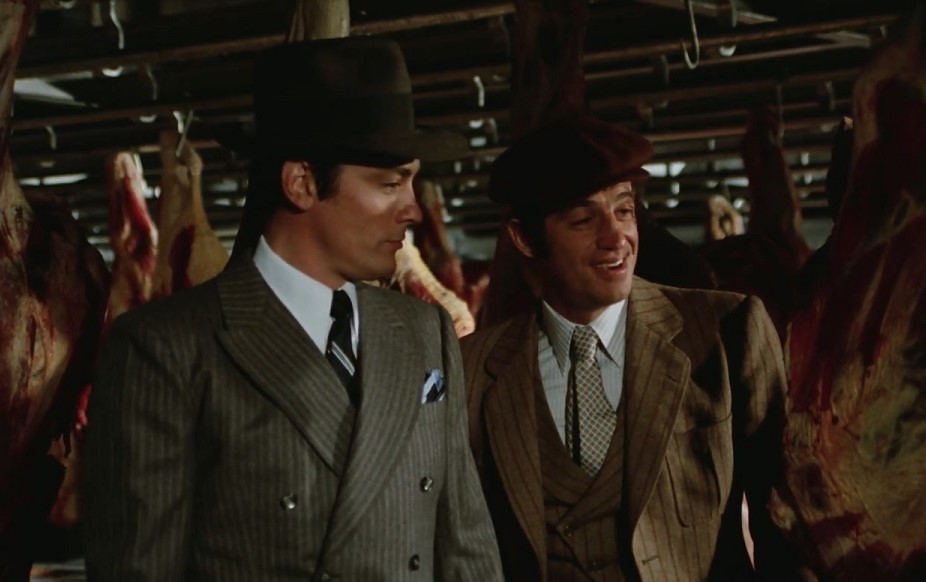
This is a very good film and I enjoyed it immensely. The characters are well-drawn, the sets and costumes are lavish and, when it arrives, the action is rousing. But it is the second half where the picture really finds its stride and delivers on its promise. As such, one can see why American audiences may have been confused and taken aback by the movie. The reason for the unique approach is abundantly clear after investigating the bonuses. However, to viewers unfamiliar with legendary French stars Delon and Belmondo, the drawn-out, low-key, humorous fist fight at the beginning of the film wouldn’t have made an impression. It’s actually easy to see how US audiences looking for traditional gangster thrills would have had much harder time getting on this film’s wavelength than French or European crowds might have. Still, it’s a winner that delivers the goods.
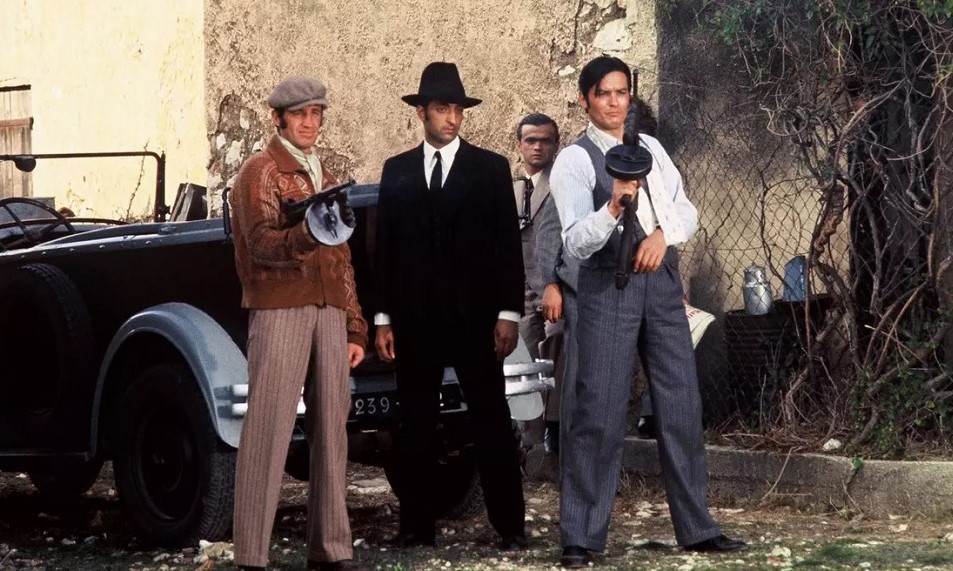
As for bonuses, the first is a wonderful commentary track featuring film scholar Josh Nelson, whose details about the production history really put everything in its proper context. He explains just how big Delon and Belmondo were at the time. Delon shepherded this project to the big screen, producing it himself and requesting Belmondo sign on until the co-star eventually agreed. The two had never co-headlined a movie and the filmmakers made sure to maximize and elongate scenes playing their distinctly different screen personalities off of each other.
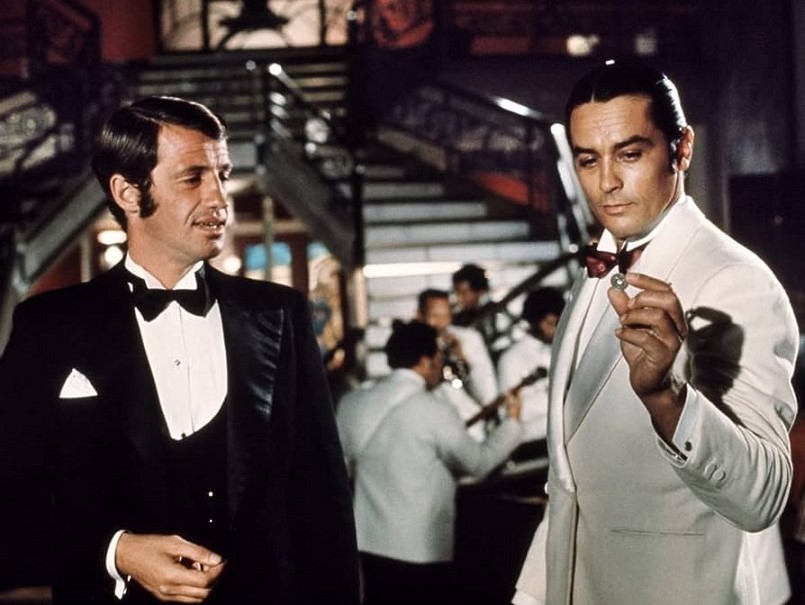
He also goes into Paul Carbone and Francois Spirito, the real-life gangsters who inspired the feature. Their story is even more wild than the one presented in the film, as the commentary details their history, lengthy criminal activities and how they met their end. These individuals were nasty and cruel, lacking any of the charm of the characters in the movie, but their true story is fascinating to hear.
Nelson then details rumors about Alain Delon’s personal connection to members of the Corsican mob and how the actor/producer came to an agreement with them that allowed the production to go forward. It seems that the film was originally written as a direct biopic and Delon ultimately agreed to change the names of the main characters as well as the title on their request. That is, in part, why the final name of the movie is simply Borsalino (which is the brand name of the popular fedora hats worn by gangsters of the era).
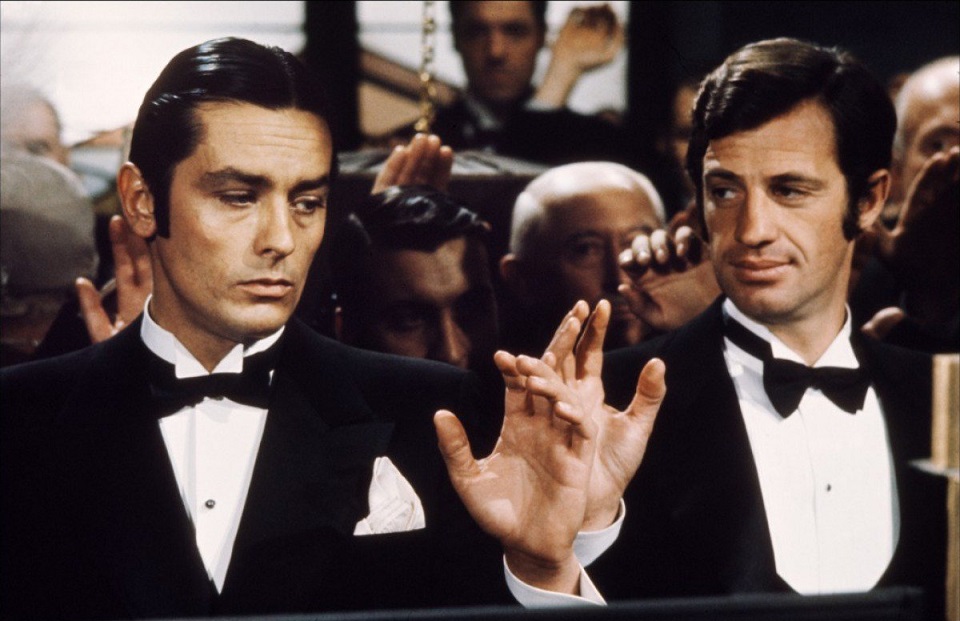
If that wasn’t interesting enough, Delon and Belmondo fell out and stopped speaking to each other just before the film’s premiere and a lawsuit followed that threatened the success of the picture. This was due to a major dispute about a series of posters Delon approved for the movie’s release that ignored specifications in Belmondo’s contract.
As if that wasn’t enough, Nelson’s examination of the underlying themes of the picture are equally engaging, examining the genre as a whole and why it continues to captivate viewers. He notes interviews with other filmmakers like Francis Ford Coppola (The Godfather series) who note that these titles are prime examples of literal cutthroat capitalism at its worst and the drama that ensues between characters who are trapped in this world.
Additionally, there’s an enlightening interview with film scholar Elizabeth Castaldo Lundén, who looks at the movie’s costumes and details how little wardrobe differences identify specific character traits. And there’s another featurette all about the distinctive score for the film.
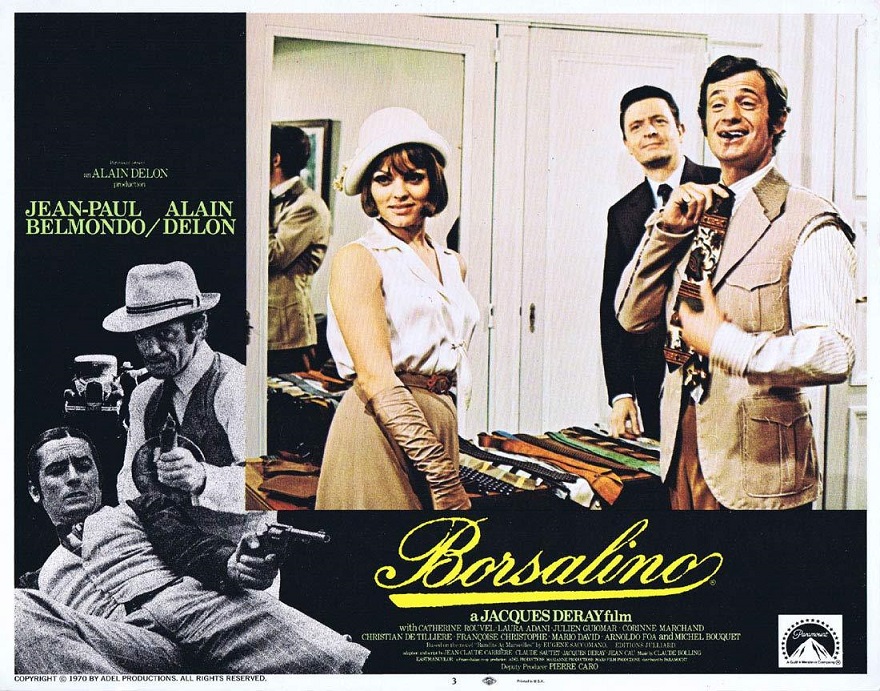
Another impressive extra is a special piece on Jean-Paul Belmondo and his later titles. While Belmondo was known as both a dramatic and comedic actor, he soon focused on action movies throughout the 1970s and 1980s. Apparently, he did his own stunts in many of these pulse-pounding thrillers, earning admiration from the likes of Jackie Chan and other movie heroes. Clips of some of his biggest stunts are shown, including several from a 1975 flick called The Night Caller aka Fear Over the City. Inspired by action titles of the era like The French Connection (but with even wilder and more elaborate action sequences), Belmondo plays a cop who goes rogue while hunting down a serial killer. Arrow Video, you need to release this title on Blu-ray as soon as the opportunity arises.
Finally, a trailer, image gallery, reversible sleeve with new and original artwork, as well as a double-sided poster with the same images are included.
Borsalino is a highly underrated picture that shows that any country can deliver a stirring mob tale. It has its own quirky personality that slowly charms the viewer before effectively delivering on its promise of excitement and personal drama. The Blu-ray itself is incredible, featuring extras that really help the viewer understand what was happening both in-front of the camera and behind-the-scenes. Anyone who collects movies about the mob would be well-advised to pick this release up!


